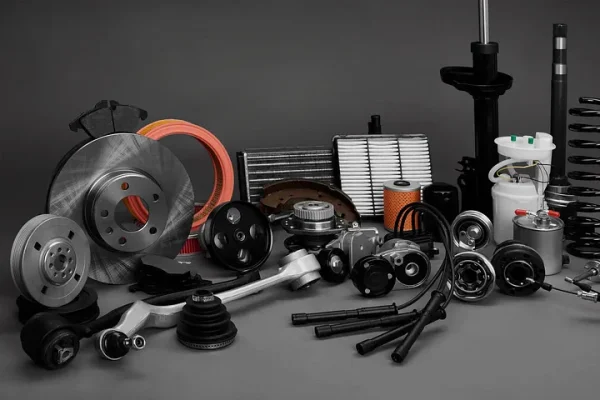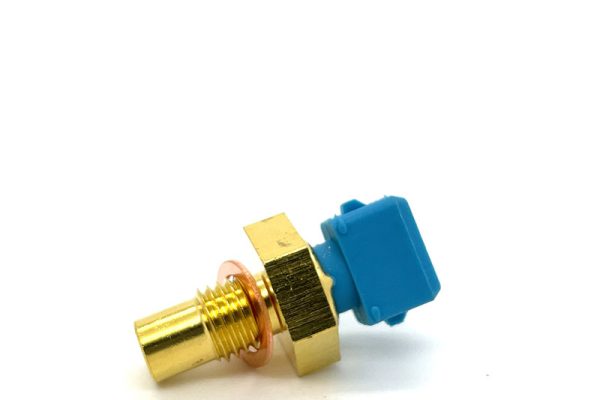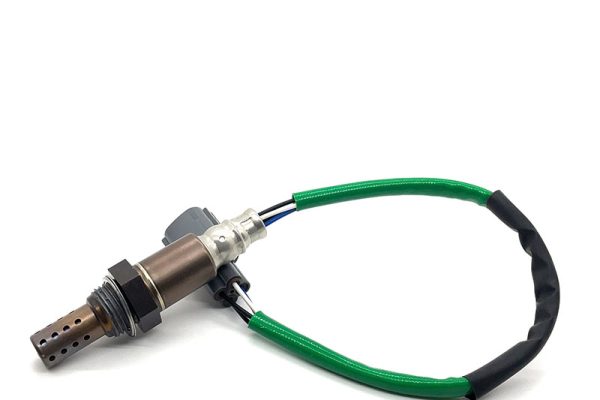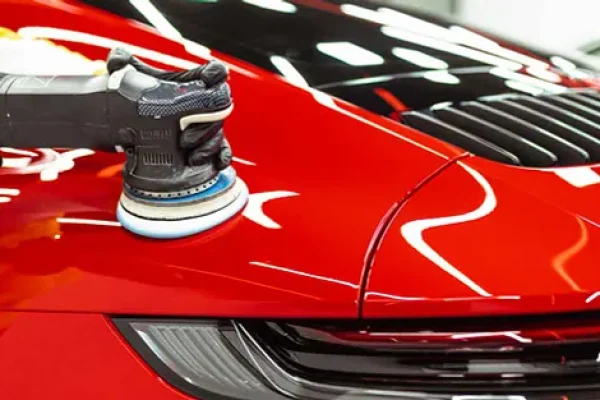If you’ve ever pressed the window button in heavy rain only to hear a hollow click, you’ll understand that the power window switch, though small, holds the key to ventilation and safety for your entire vehicle. Like a silent butler, it’s usually invisible, but when it stops functioning, the driving experience plummets. So, how can you proactively detect this butler’s distress signals? This article will systematically break down its logic, transforming you from a complete novice to a car window diagnostician in seconds.
I. Symptoms: The Five Languages of the Power Window Switch
The power window switch can’t speak, but it communicates through movement, sound, and light. Understanding it can help you prevent losses before it completely stops functioning.
1. Slow Response: From “Instant Opening” to “Half a Beat Slow”
Under normal circumstances, a light press of the power window switch should cause the window to smoothly open and close within one second. If you find that you need to hold down the switch for two seconds for it to respond, or if it suddenly pauses during the rise, this is often due to increased resistance caused by oxidation of the contacts. At this point, you can first try spraying with electronics cleaner. However, if the symptoms recur, it suggests the internal carbon film is worn and needs replacement.
2. Unilateral Malfunction: The Driver’s Seat Lowers But the Passenger Seat Doesn’t
If the driver’s seat master power window switch controls the left front window but not the right rear window, the problem could be with the splitter switch or a LIN-BUS signal interruption. Use a diagnostic tool to read the fault code. If a “U” network communication fault is detected, the internal chip of the power window switch is damaged.
3. Vibrating Glass: “Street Dance”
Glass shakes up and down in rhythmic motion then relay clicking noise most probably it is internal contact has corroded within the power window switch causing supply to be intermittent. The more vibration, the more severe the corrosion. If a car is used when in this state, damage will be reversed in the lift motor therefore doubling instant repair cost.
II. Diagnosis: Three Steps to Identify the Culprit
Symptoms are only clues. Accurate diagnosis can prevent false charges. The following three-step method is known in the industry as the “golden procedure for window diagnostics.”
1. Voltage Drop Test: The 0.3V Rule
Use a multimeter to measure the voltage drop in the wiring harness from the power window switch output to the motor. If it exceeds 0.3V, the switch’s internal resistance is abnormal. This value is the red line calibrated by major OEMs and is accurate to one decimal place to avoid misdiagnosis.
2. Interchange Method: Let the “Suspect” Prove Their Innocence
Switch the suspected faulty power window switch with the adjacent door. For example, swap the left rear switch with the right rear. If the fault migrates with the vehicle, lock the switch; if the fault persists, the problem lies with the motor or wiring harness. This method is free and proven time and again.
3. Data Flow Tracing: The Truth Hidden in the ECU
Modern vehicles commonly use a body control module (BCM) to manage the windows. Read the real-time data stream via the OBD (On-Board Device) to observe whether the “Driver Window Up Active: Yes” signal appears when the power window switch is pressed. If the signal is missing but the voltage at the switch terminals is normal, this confirms a short circuit on the switch’s internal circuit board.
III. Decision-Making: Repair or Replace? A Formula to Clear the Financial Calculations
Faced with a problem, car owners often struggle with the choice between repair and replacement. Here’s a unique “three-factor formula”:
Decision Index = (Repair Labor Cost x 2) + Parts Price x Probability of Recurrence If the index exceeds 70% of the new part price, then direct replacement will be more cost-effective. For instance, take a Ford Fusion power window switch with OE number DG9Z-14529-AA being sold on the YZHIDIANF platform at only 40% of the original manufacturer’s price and having a warranty for 12 months͏͏͏͏, instantly bringing the index back to zero.
IV. Purchasing Guide: How to Spot a Cost-Effective Replacement
1. Identify the OE Number: A Code of Letters and Numbers
A set of alphabets and numerals, The OE number is the part’s “identity card.” For example, UE8D-66-350 relates with 2006-2012 Ford Ranger while DG9Z-14529-AA associate with 2013-2020 Ford Fusion. Type your model number at YZHIDIANF official site for auto match with no risk of breaking all your car windows just through one wrong letter.
2. Material Details: Safety through Flame Rating
A good power window switch must have a UL94-V0 flame retardant rating, spring inside thickness ≥ 0.3mm, and contacts be made of material silver oxide tin alloy. The YZHIDIANF series shows SGS reports in its product details for literal ambiguity elimination.
3. After-Sales Terms: A One-year Warranty is Merely A Passing Grade.
Besides the 12-month warranty, does it come with a 7-day return, no-questions-asked policy? Will return shipping be paid for? Power window switch manufacturer YZHIDIANF has a ship first, return later service that will keep your mind at ease while waiting for your replacement.
V. Conclusion
Raising and lowering windows might seem like minor tasks but they are in fact essential to safety and comfort while driving. Knowing the early warning signs of a power window switch going bad is as important as being able to pick up on unfamiliar engine noises. Getting the first sign right will not only save you from having to pay for an expensive motor replacement but also keep children from dying of heatstroke in the back seat because of lack of ventilation. The next time you press a button and the window jumps open you’ll be glad you kept your cool and did it right.













